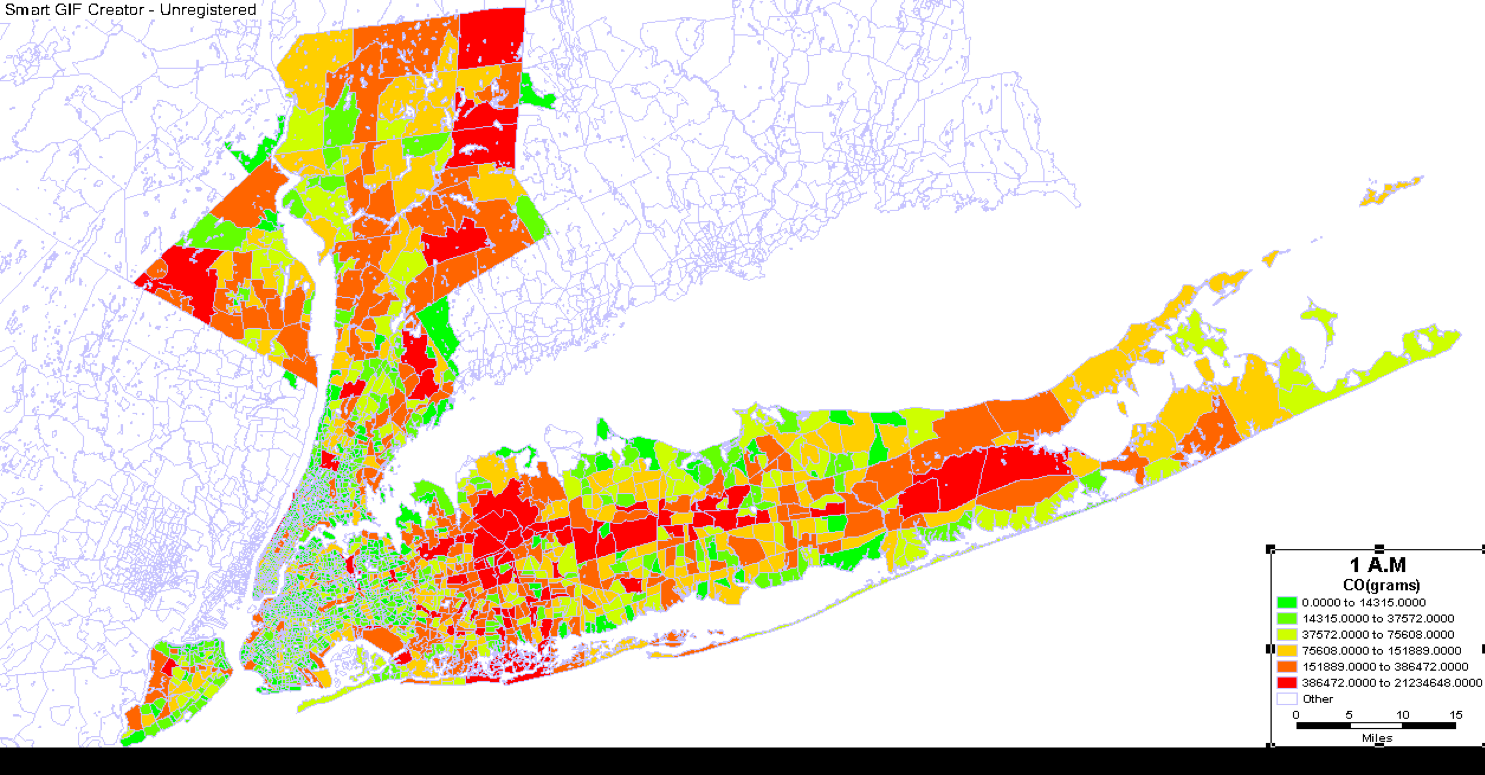Research Questions and Thrusts
Natural resources have become increasingly scarce, posing tremendous challenges which civilization must confront to enable healthy living, economic growth, quality of life, and security. This particularly relates to issues such as environmental pollution and public health, for which transportation is a significant burden continued to be stressed by population growth, urbanization, and climate change.
- How do transportation emissions impact atmospheric ozone and PM pollution?
- How can the emissions and air quality impacts of transportation be accurately quantified? How are diesel particle emissions related to technology factors (e.g., fuel/engine/vehicle operating parameters) and transportation network variables—facility type, distance from intersections, road grade, and level of congestion?
- What does this relationship imply for successful identification and implementation of transportation-related pollution mitigation strategies?
- What does the new paradigm of on-demand mobility imply for critical interdependent infrastructures and natural environments (e.g., transportation, power, air pollution and public health, etc.)?
- What are the potential behavioral shifts and resulting environmental/energy impacts?
- What is the role of autonomous electric vehicles in the shared mobility space?
- How would the power and transportation infrastructures be coupled?
- What infrastructure, policy, and service attributes encourage adoption of on-demand mobility?
- How can innovations in optimization of probabilistic fleet planning support the management of interdependent infrastructure systems?
How can we reduce harmful emissions from the transportation system in a cost-effective way? - Last but not least, how can we discover innovative public policy mechanisms and enabling legislation schemes, including options that support increased leveraging of public resources through public-private partnerships, to help finance mitigation of congestion, reduction of harmful emissions, improvement of built and natural environment, and ultimately healthy and livable communities?

Modeling transportation and supply chain emissions
Trained in transportation systems engineering, atmospheric science, and policy research (with emersion in Statistics and Resource and Environment Economics), I am interested in addressing the above questions by studying infrastructure systems, emissions, atmospheric chemistry and transport of air pollutants using quantitative tools and numerical models to better understand their interactions and effects on public health and the natural environment, as well as to support important policy decisions associated with the climate and energy problems of our time.
My research agenda has been to improve the scalability, sustainability and effectiveness of urban infrastructure through advanced modeling of system interdependencies, data-centric computation, behavioral research in matching and new technologies/tools that improve decision making in mobility related infrastructure systems. In addressing these issues, I focus on advancing the methodological fronts for developing analytical models, optimization methods, and computational tools/software for real-world problems in complex systems (e.g., data science, engineering computing, environmental statistics, mathematical optimization & operations research, and experimental methods). Specifically, my research focuses on the following closely-related thrusts across the nexus of transportation-environment-health systems that have significant implications in fundamental science, practical application, and regulatory policy.